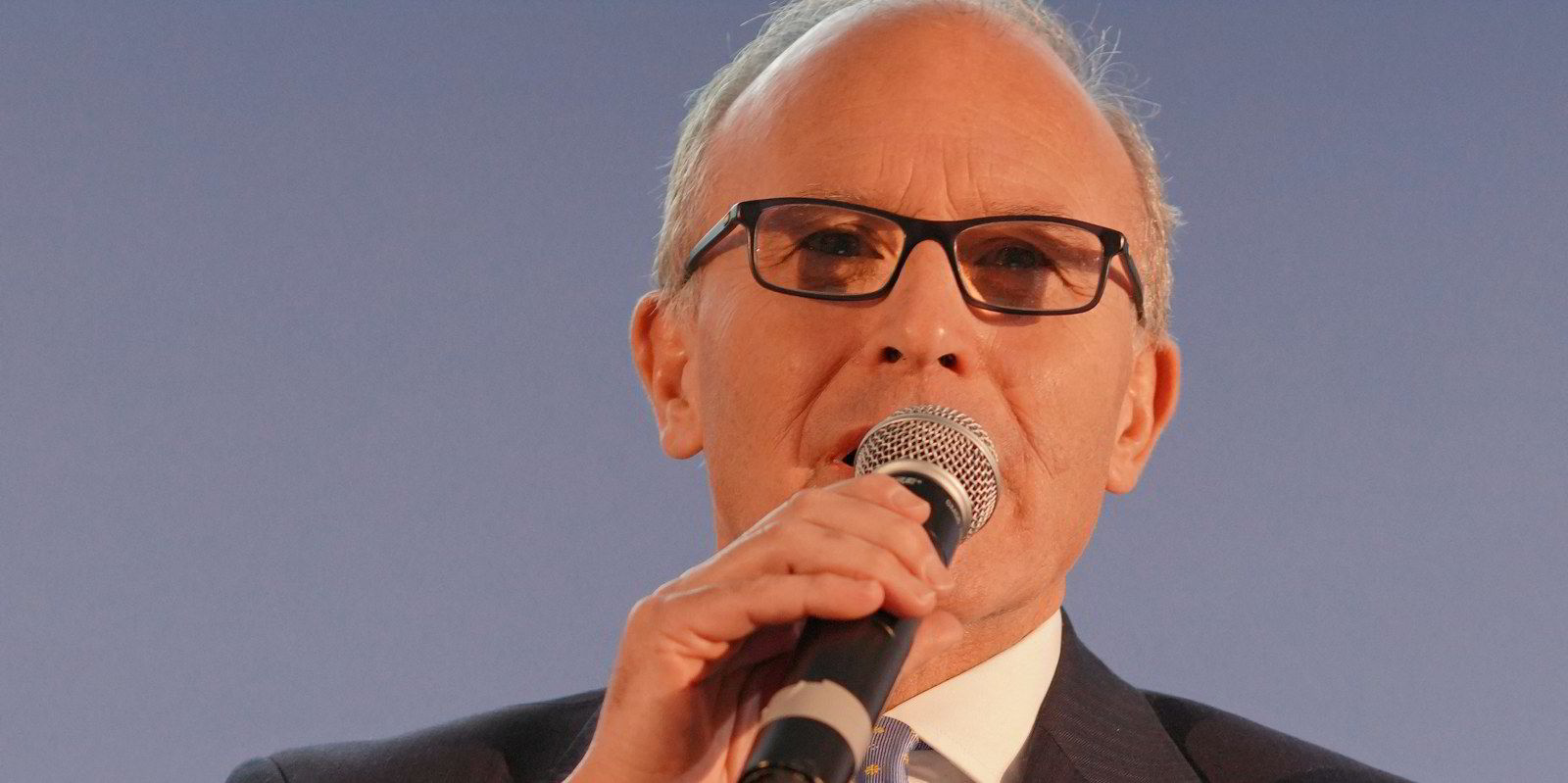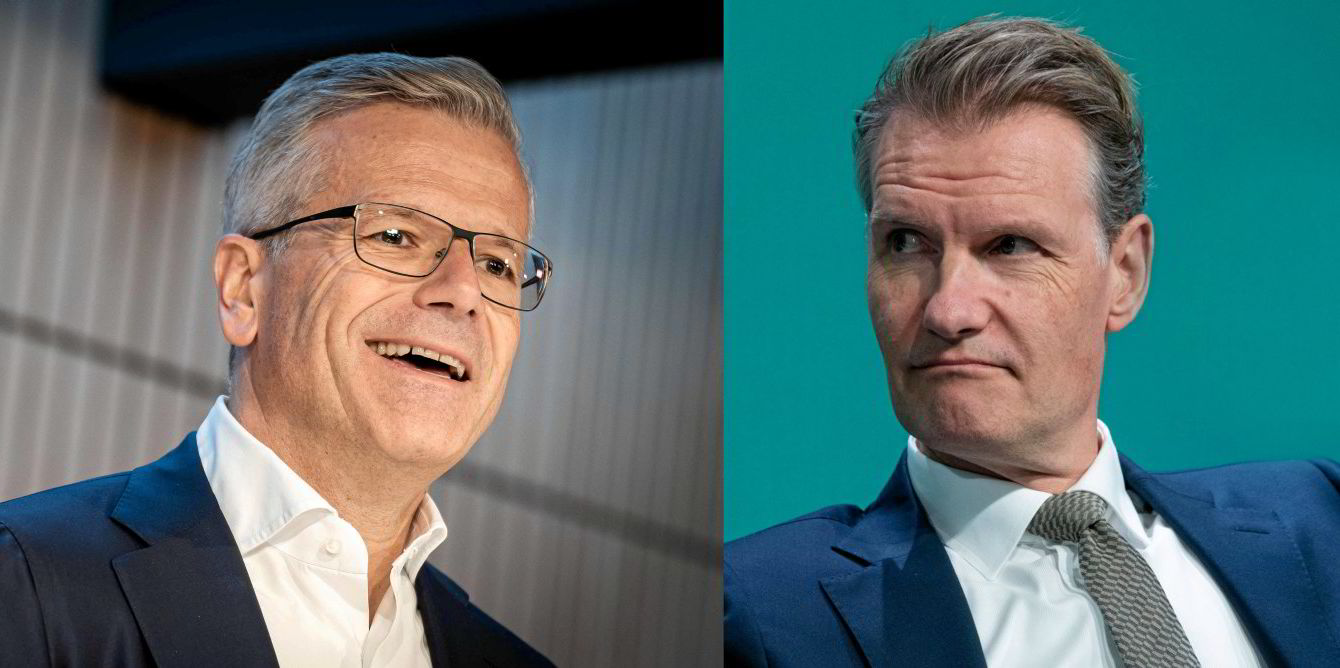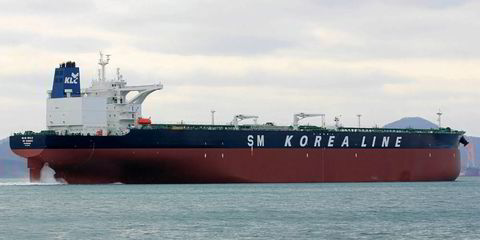An unprecedented collapse in container freight rates over the last year presents boxship owners and operators with a severe challenge after the pandemic boom.
Plummeting US demand and the release of capacity caught up in Covid-linked congestion has left the market in free fall, with limited optimism that it will level out, a veteran analyst said.
“I have never seen a collapse in container demand like the one in the US in the last year,” said Tim Power, managing director of Drewry, the research consultancy.
Combined with the release of 17% of container ship capacity caught up in port delays caused by the pandemic, the impact has been severe.
“It looks like a fighter aircraft that has been shot down,” he added. The question now is whether it “can pull up before it hits the deck”.
Container shipping rates rose up to tenfold during the pandemic, delivering unprecedented windfall profits in the sector.
However, freight rates and boxship charter rates have been in free fall for the past six months.
Combined with an orderbook equal to 30% of the current market, “it is going to be really challenging”, Power said.
In 2020, around 11% of container ship capacity was caught up in pandemic congestion, which rose to 17% in 2021 and the start of 2022. It is now down to 3%.
“Fourteen per cent is now back without another ship on the water,” Power said.
“There is a well-known metric in container shipping that you must have your utilisation on your headhaul at 90% if you are going to maintain rates and make money. That is now a challenge.”
Power was speaking at the opening of the Marine Money ship finance conference in London on Thursday alongside Sarah Hewin, head of research, Europe & Americas, at Standard Chartered bank.
Hewin said the opening up of China after it ripped up Covid lockdown rules would help stimulate consumer demand and economic growth to offset low demand growth in the West.
“We are expecting a good news story from consumer demand in China. We expect that to be a major driver this year,” she said.
Turbulence
The break-up of the 2M alliance between the two largest container operators, AP Moller-Maersk and MSC Mediterranean Shipping Company, will cause “a lot of turbulence”, Power said.
Although the split, which will happen in 2025, was a surprise when it was announced this week, it had been more of a surprise when the lines joined forces in 2015.
“Two less suited partners it is hard to imagine,” said Power. “It was a surprise when they got together.”
The bigger challenge now will be for Maersk rather than MSC because of the divergence in their business models, he argued.
“MSC is sticking with the traditional model which is built around scale — and I think that’s the right one,” he said.
“Maersk has decided to become a global integrator, move away from shipping, and they’ve got rid of a lot of the people from that side. It’s a logistics-focused model.
“It’s a big challenge for Maersk. They are too big to join another alliance, and they are too small to go on their own.”
Read more
- MSC snaps up what was once world’s biggest boxship from Maersk
- Container ship scrapping hit 17-year low in 2022 but owners now have no choice
- Breakpoint: MSC and Maersk to disband huge 2M liner alliance in 2025
- Aponte’s MSC pushes ahead with container ship newbuildings despite rate downturn
- Newbuilding order volumes down almost 40% in 2022, says Clarksons





